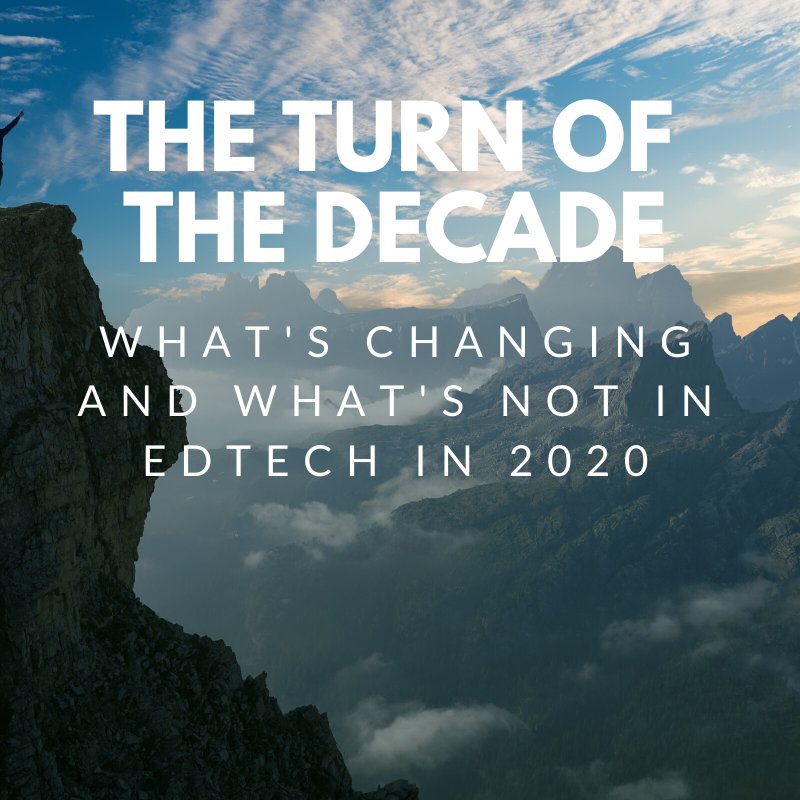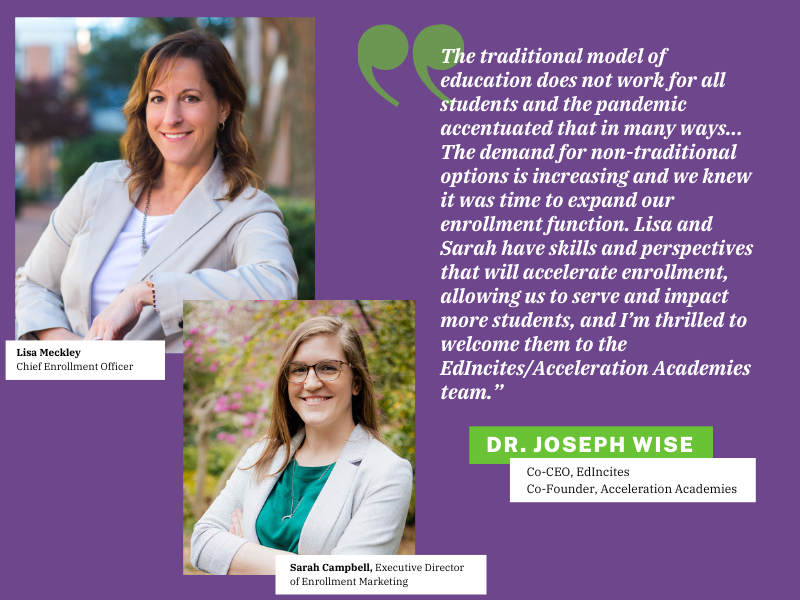 The phrase “digital transformation” popped up a few years ago and doesn’t appear to be going anywhere any time soon. What started as a shift in the way businesses operate has spilled into the public sector and education has officially caught the “digital transformation bug.” In K12, digital transformation is taking shape in the form of increased connectivity, enhanced accessibility and better security. Smartboards, Chromebooks, classroom apps, online testing and eLearning are all a part of the transformation taking place within the education landscape. Unlike other sectors, though, education has a set of unique challenges that make digital transformation more complex. As we enter a new year (and decade!), we want to explore and bring into focus the most significant complexities and trends surrounding digital transformation in education.
The phrase “digital transformation” popped up a few years ago and doesn’t appear to be going anywhere any time soon. What started as a shift in the way businesses operate has spilled into the public sector and education has officially caught the “digital transformation bug.” In K12, digital transformation is taking shape in the form of increased connectivity, enhanced accessibility and better security. Smartboards, Chromebooks, classroom apps, online testing and eLearning are all a part of the transformation taking place within the education landscape. Unlike other sectors, though, education has a set of unique challenges that make digital transformation more complex. As we enter a new year (and decade!), we want to explore and bring into focus the most significant complexities and trends surrounding digital transformation in education.
Funding
Funding is a constant battle in education, but as David Newman points out in his Forbes article, the issue will only be magnified as more states begin to pay out pension funds. By next year, nearly 20% of teacher payrolls in California will go towards pension payouts. This figure has grown from only 8% in 2013 as more Baby Boomers become pension-eligible. What does this mean for educators? It’s no secret that educators are strapped for resources and often use their own money to purchase classroom supplies. We’ll see more of this in 2020, but we will also see a ripple effect at both the school and district level. With tighter budgets, districts will be forced to scrutinize every purchase decision. Priority will be given to low-cost, high-value resources. Digital resources and technology will be paramount thanks to their efficiency, sustainability and ability to make an impact.
Testing
In our last blog post, we explored the ways assessment has evolved over the past decade. Indeed, significant advances in assessment approaches and technology have empowered educators to use assessments as classroom tools to improve teaching and learning. In 2020, we think the assessment transformation will continue to take place, forcing a couple of testing trends:
- New Assessment Culture: Scrutinty around standardized testing has grown in recent years and we don’t predict it going away any time soon. What we do predict is a shift in assessment culture. We’ve already seen it happening in innovative school districts. In these districts, teachers use “assessment” as a powerful tool to inform and differentiate instruction. Assessment technology provides visibility into which standards or concepts need additional instruction. EdTech Update also predicts that assessments will become more practical and personalized in 2020, taking into consideration students’ habits, preferences and learning objectives.
- Test Type Debates: The growth versus proficiency debate came to light a few years ago and new technology has introduced a new debate over assessment approaches: computer-adaptive versus educator-created tests. In 2020, we predict greater acceptance of all test types as districts seek more comprehensive assessment approaches.
- Assessment Technology: The majority of American school districts have some type of assessment technology platform in place. We predict that these numbers will grow even more in the coming year and that usage of these platforms will grow as the assessment culture shifts.
eLearning
According to the 2019 Common Sense Census report, 95 percent of all teachers use technology in the classroom, with the most usage seen in elementary and middle schools. The report also showed that 80 percent of teachers have computers in the classroom, with the majority either having enough devices for use by five or fewer students (40 percent have 1-1 devices). As computers and technology become more prevalent in the classroom, we will see even more innovation in the types of eLearning available. EdTech Update published a great article predicting some of the biggest eLearning content trends for 2020. Among them: interactive video-based learning content and engagement via virtual reality (VR) and augmented reality (AR). Micro-learning is another eLearning trend predicted by EdTech Update. Of course, technology has paved the way for personalized learning, but in 2020, we’ll see a new trend called “micro-learning,” which is a “concept that caters to students by keeping their lessons brief, to the-point and action-oriented.” Micro-learning courses are based on two critical tenets: short lessons (less than 10-15 minutes) and daily learning on applications and exercise. This approach enables students to apply their learning on a daily basis, solidifying knowledge retention.
Data Intelligence
Every industry touched by digital transformation has been inundated with a wealth of data and education is no exception. The difference in education? Educators and administrators have been looking for more data for years? They know it’s a powerful tool to measure performance and inform and differentiate instruction. Thanks to the new technologies of the past few years, today’s educators have a wealth of data at their fingertips. But what’s an educator to do with all this data? That’s where data intelligence comes into play. In 2020, EdTech vendors will be forced to ensure that the data their systems are collecting or generating is meaningful, actionable and insightful.
There you have it—these are our predictions for education in 2020! What trends do you think will be prevalent next year? Let us know on our social media pages.



